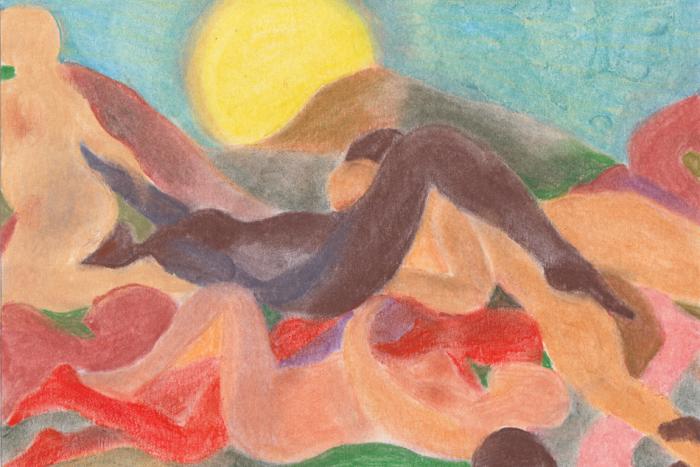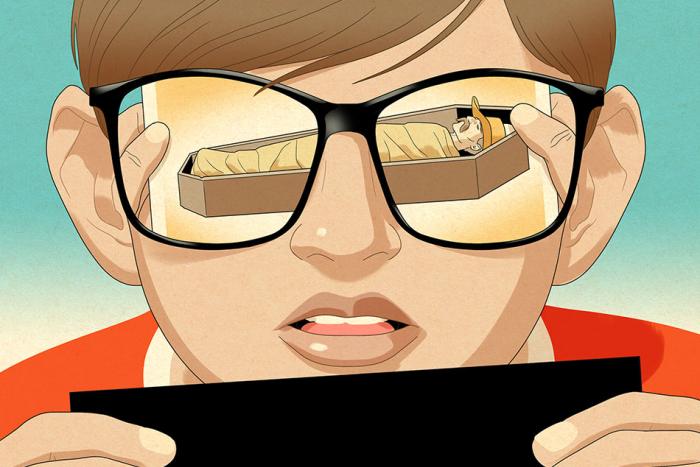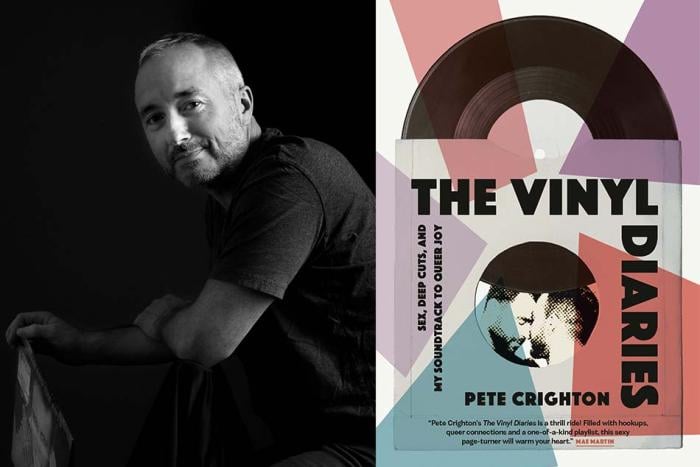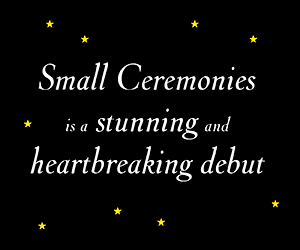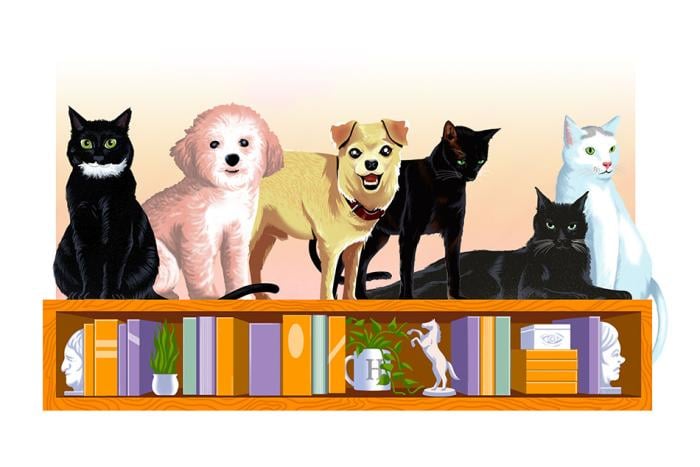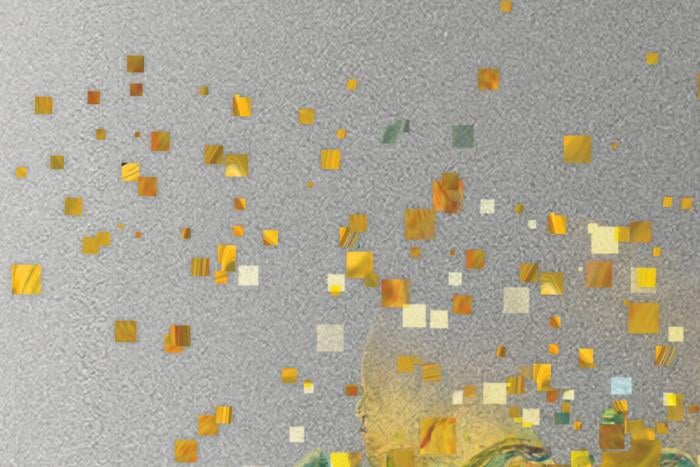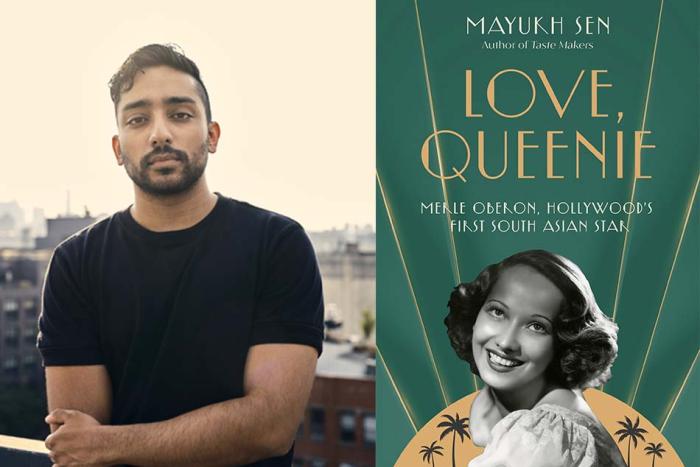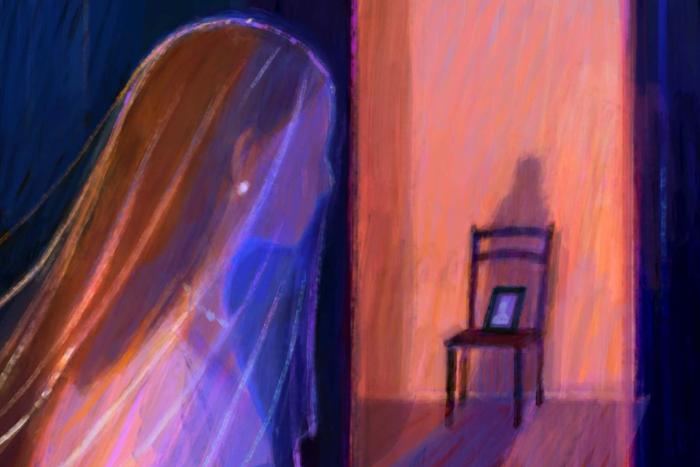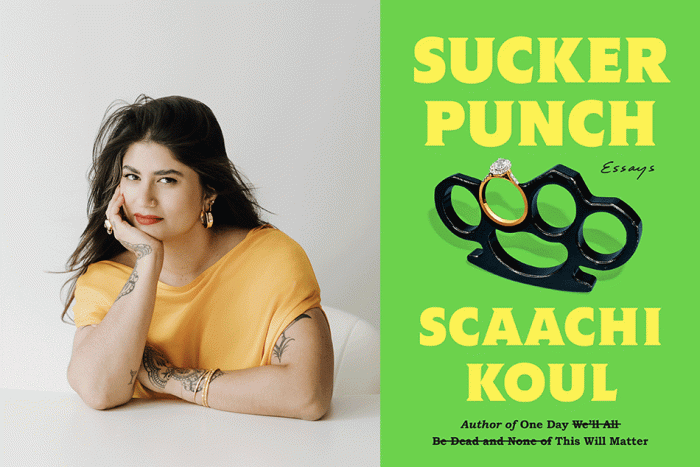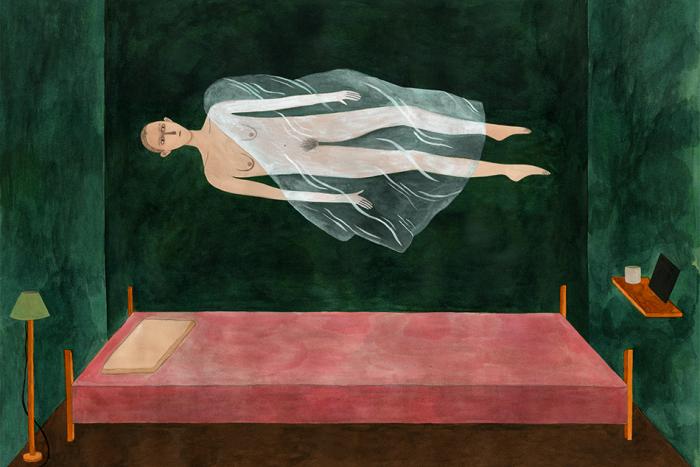Notes on cruising.
The manner of my demise is of little interest, besides serving as our jumping off point.
The author of The Vinyl Diaries on coming of age during the AIDS pandemic, midlife crises, and the music his younger partners recommend.
Latest
The manner of my demise is of little interest, besides serving as our jumping off point.
The author of The Vinyl Diaries on coming of age during the AIDS pandemic, midlife crises, and the music his younger partners recommend.
Congratulations to all the nominees and winners.
Love was not a drink, and my pursuit of it did not fit perfectly into the rubric of addiction, but it had taken me.
Unlike the many high profile hip-hop figures who have fallen from grace due to their misdeeds in recent years, Playboi Carti's misconduct shows no signs of slowing down his ascent.
The world must appear strange as you peer through our hero’s eyes. Your eyes now.
The author discusses his new book on Merle Oberon, the Golden Age of Hollywood starlet whose South Asian heritage was hidden from the industry.
I had a kind of premonition, even before a word was said, that things were about to shift.
The author of Sucker Punch on surrendering to life's cycles, writing about her divorce, and picking the right fights.

